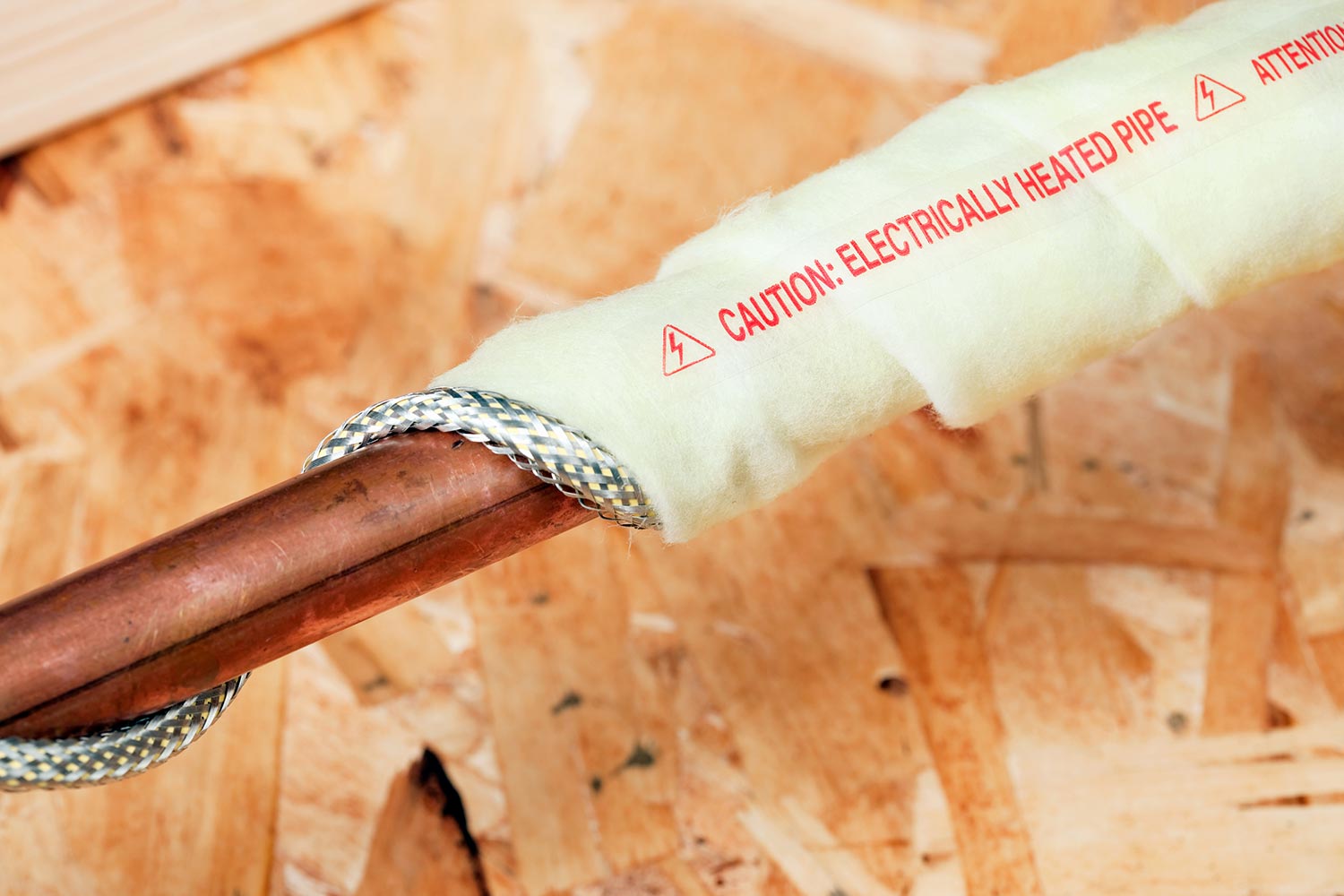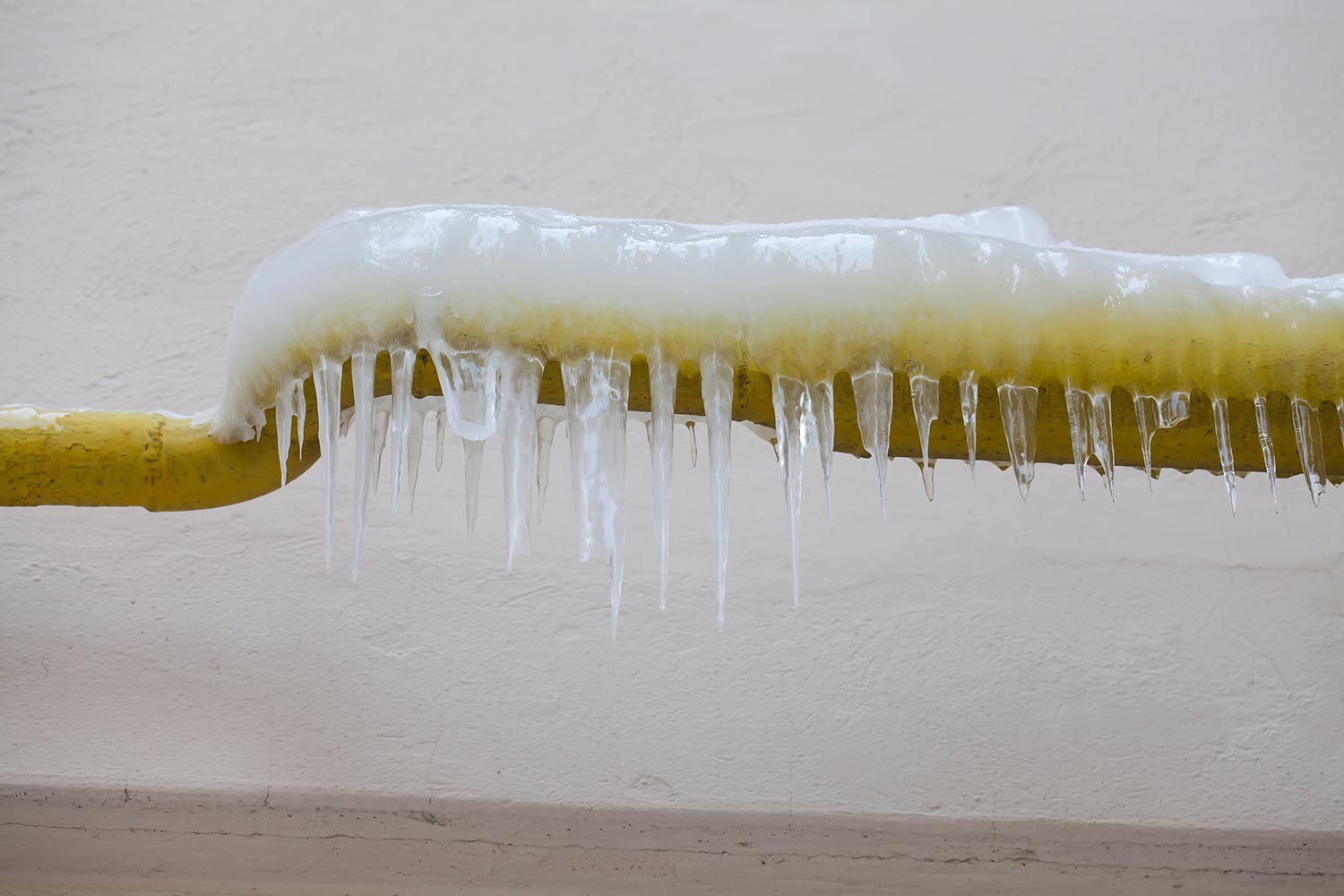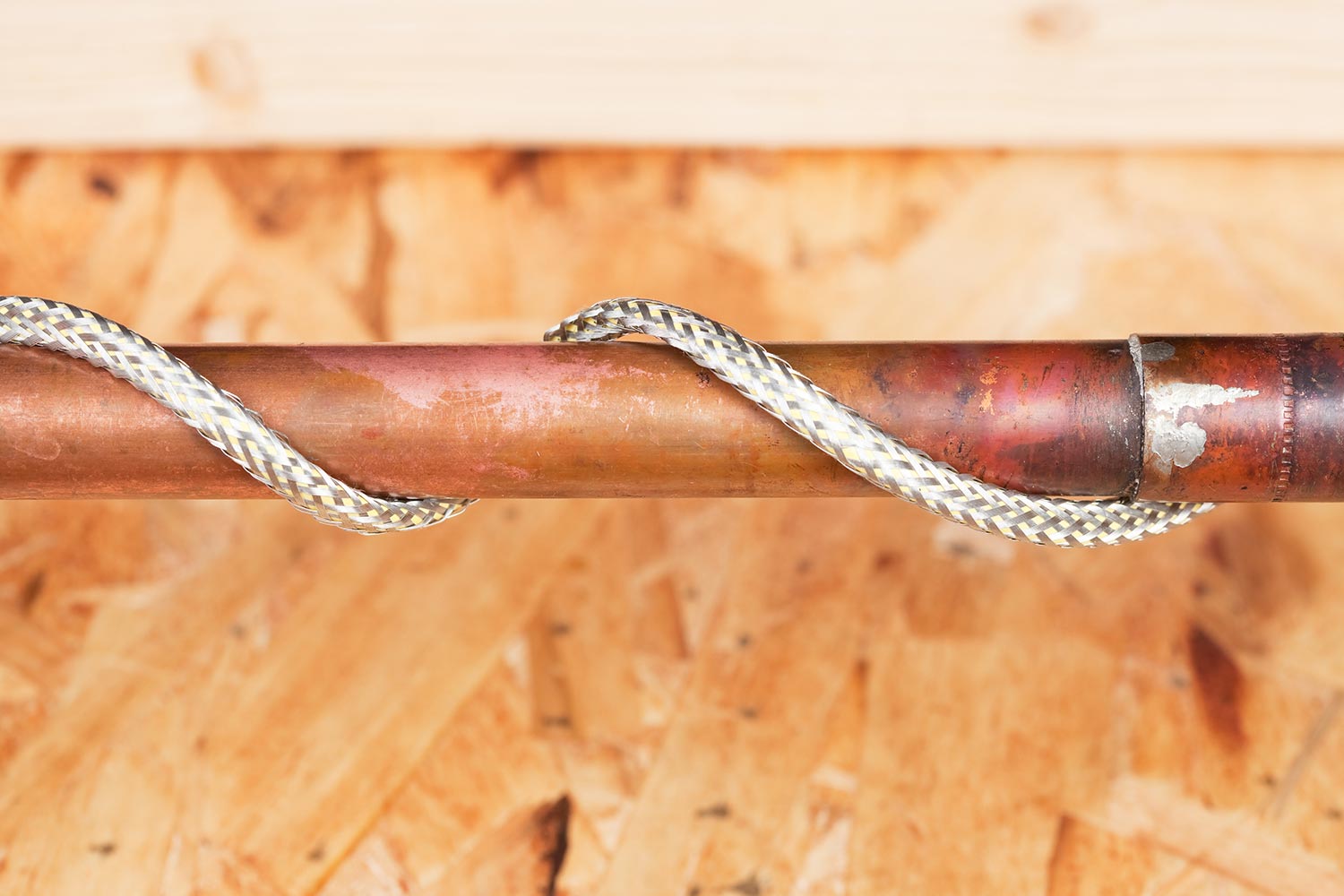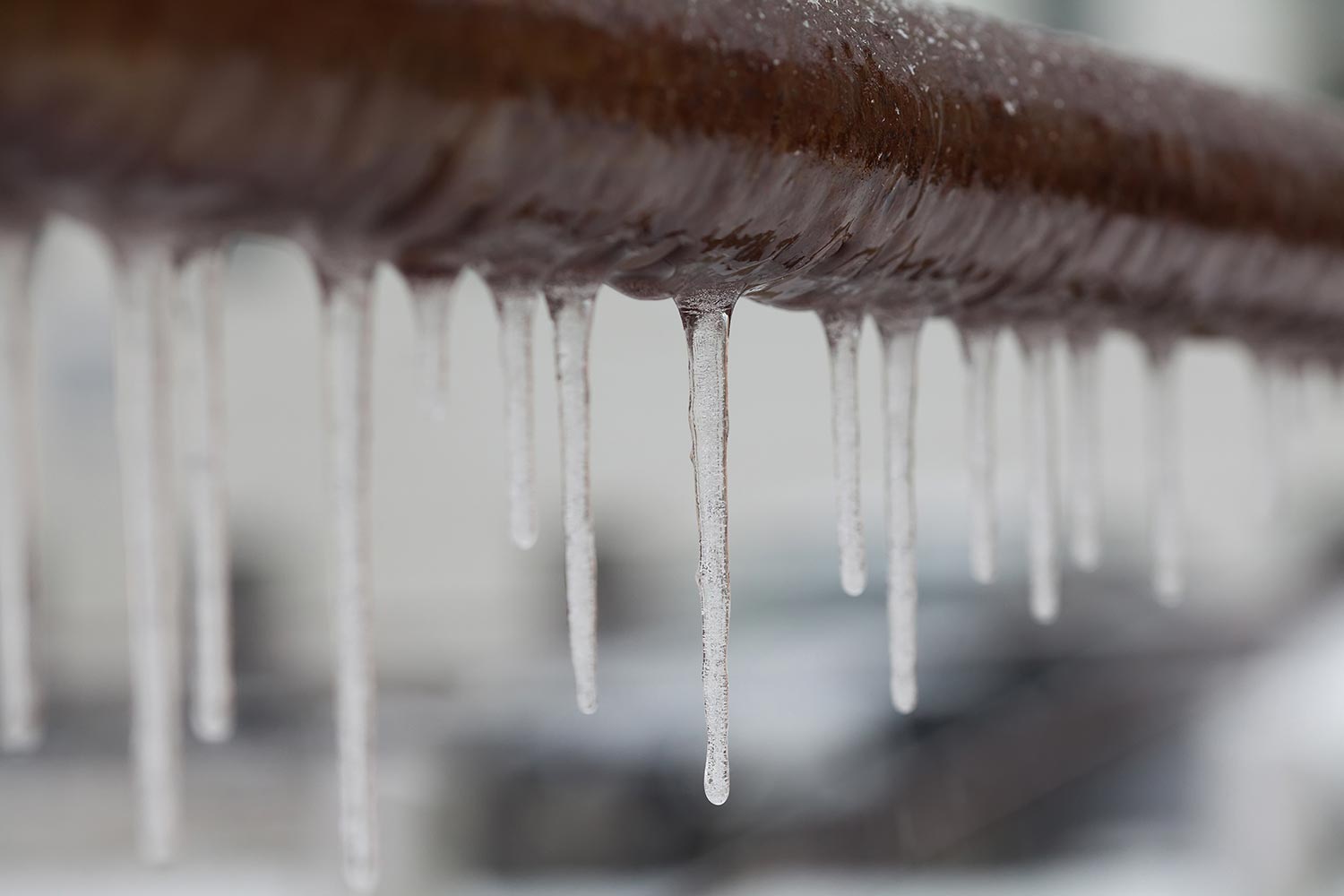Pipes in crawl spaces might be susceptible to cold air, which would inevitably cause freezing that can harm your home’s plumbing system. Insulating the pipes underneath your house can enhance the materials’ thermal resistance. Now you’re wondering how you can complete this project properly. We researched for your convenience, and here’s what we found.
Various methods exist to help insulate crawl space pipes. Some of the viable options are:
- Pipe sleeves
- Crawl space seal
- Pipe gap insulation
- Heat tape
- Proper thermostat settings
Bear in mind that each crawl space pipe insulation method demands specific installation instructions. Keep reading as we talk about each insulation option in greater detail for you to know which technique fits your specific requirements.

What Is The Best Way To Insulate Pipes In Crawl Space?
Homeowners can choose from different yet great ways to insulate their crawl space pipes. But take note that there’s no absolute technique to supply the pipes in a crawl space with the best thermal resistance. In other words, one insulation method used by one property owner might not be as effective for another household.

Still, here are some ideal techniques to insulate pipes in crawl spaces.
Pipe Sleeves
Pipe sleeves or wraps come in varying sizes but are often found in 6-foot lengths. Interested customers can also find these products to either have rubber or PE foam constructions. Some fiberglass variants also exist, although they may demand more care and precaution for the installation than other models.
Check out this foam pipe wrap insulation on Amazon.
Take note that pipe sleeves are fairly easy to install and oftentimes don’t require special tools or skills. Still, it’s best to follow the manufacturer’s instructions for the installation process for the sleeves to promote snug fits and minimal to no gaps.
Find out more about installing sleeves on crawl space pipes by watching the video below:
Crawl Space Seal
Property owners may not only want to seal their pipes in their crawl spaces but supply proper thermal resistance to the entire area. That way, the crawl space can take advantage of improved heat and cold resistance as opposed to only insulating its pipes.
What You’ll Need
- Foam insulation boards (as many as needed)
- Crawl space encapsulation membrane
- Drainage matting
- Utility knife
- Hammer
- Nails
Check out this crawl space encapsulation barrier on Amazon.
Step-by-Step Guide
- Lay the drainage matting on the crawl space’s floor and secure it by hammering it down with nails.
- Place the foam insulation boards over the drainage matting.
- Cut the boards to the appropriate shape with a utility knife for the material to hug corners and posts. Don’t let the foam insulation bend, or it can reduce its thermal resisting traits.
- Install a crawl space encapsulation membrane over the foam boards. This material will act as a vapor barrier to help prevent significant moisture buildup in the space.
Learn more about the steps mentioned above by watching this video:
Also, read our post on foam insulation and vapor barriers to gain additional insight on the importance of using these two materials together.
Pipe Gap Insulation
Air gaps in crawl space pipes may not only promote reduced thermal resistance, but these issues may also become precursors to leaks and other moisture issues. You have different options for this job but it can be an ideal choice to use a pipe gap and crack sealant.
Keep in mind that the pipe sealers may have harsh chemicals that can become health hazards. Make sure to wear a good pair of gloves and safety goggles before you continue with this project.
Once you finish the preparations, here are the steps to use this sealer to help insulate your crawl space pipes:
What You’ll Need
- Serrated knife
- Pipe gap and crack sealant
Check out this pipe gap and crack sealant on Amazon.
Step-by-Step Guide
- Shake the pipe gap and crack sealant spray can for at least 30 seconds.
- Fill the fissures and holes of the crawl space pipes with the product. Don’t apply the sealant liberally because it will expand.
- Once the sealant hardens and cures, cut the excess substance with the serrated knife.
Watch the video below to see a visual representation of these steps. Take note that this fairly short clip focuses on different pipes around the house. However, the technique should still work well when used on crawl space pipes.
Heat Tape
Heat tape works by reducing the risks of pipes bursting because of freezing. This product typically has resistive heaters with conducting wires to help deliver sufficient warmth to adjacent pipes and other plumbing fixtures.
What You’ll Need
- Heat tape
- Electrical tape
Check out this heat tape on Amazon.
Step-by-Step Guide
- Lay the heat tape on the pipe and secure it with the electrical tape.
- Attach one end of the heat tape to the thermostat.
- Connect the heat tape to a nearby power outlet for it to provide heating to the nearby pipe.
Learn more about heat tape by watching the video below:
Also, here’s a clip to see the steps to install heat tape on pipes:
Proper Thermostat Settings
Fine-tuning the home’s thermostat settings can be a reasonably inexpensive way to help improve the thermal resistance of crawl space pipes. Generally, thermostats need their temperature control settings to be between 50 to 55 degrees in the winter.
This range should suffice in preventing the crawl space pipes and other plumbing fixtures around the property from freezing in the winter.
Some homeowners might frequently forget to change their thermostats’ temperature settings manually. If so, it might be ideal to purchase and install smart thermostats for the home to avoid these issues.
You might also be thinking about installing a special thermostat for a 2-stage furnace. Read our post on that topic to check if you need this product for your house’s current heating setup.
Check out this smart thermostat on Amazon.
At What Temperature Do Pipes Freeze In Crawl Space?

Pipes in the crawl space can be at a high risk of freezing if the location’s temperature drops below 32 degrees Fahrenheit. It’s important to note that insulation won’t make these plumbing fixtures impervious to freezing. However, increasing the pipes’ R-values may significantly reduce this issue from occurring.
How Do You Unfreeze A Crawl Space Pipe?

Homeowners should deal with frozen crawl space pipes appropriately. Using risky methods may introduce structural harm to these plumbing fixtures, such as making them burst.
Follow these steps to help your frozen crawl space pipes thaw:
- Locate and turn off the main water supply. If you can’t find it, call your utility company’s customer service hotline for assistance.
- Search for the frozen pipe. Go to your crawl space and search for the offending plumbing fixture.
- Open the faucet connected to the frozen pipes. However, don't turn on other faucets on the premises yet.
- Wave a hairdryer at the frozen pipe and let it thaw slowly. It can take about 30 minutes for it to thaw.
While you’re in your crawl space, it can also be advisable to check for other plumbing issues like water leaks. Sometimes low temperatures can make the pipes in crawl spaces burst, causing drips and other moisture-related concerns. Don’t forget to fix these other problems to ensure they don’t get out of hand.
Will Pouring Hot Water Down Drain Unfreeze Pipes?
Hot water going through frozen pipes may help in thawing the fixtures. However, it’s usually not a good idea to pursue this solution.
Many factors can affect the inefficacy of hot water trying to thaw frozen pipes. For instance, perhaps the offending pipe is on the far side of the crawl space, and the connected faucet is on the second floor of your home. If so, significant heat loss can occur before the hot water reaches the frozen location.
Additionally, blocks and other plumbing fixtures may restrict the quick flow of hot water to the frozen area. These scenarios can also lead to heat loss, making this option to be fairly ineffective in many cases.
Will Frozen Pipes Thaw On Their Own?

Frozen pipes can thaw without human intervention. However, the risks of other issues can be quite high if you leave the thawing to natural means. For instance, the pipes can burst because of the additional pressure from being encased in ice for extended periods.
Final Words
Crawl space pipe insulation options usually range from sleeves to thermostat adjustments. Property owners should take the time to think of the optimal solution for their heating needs, particularly for their dwellings’ plumbing systems.





